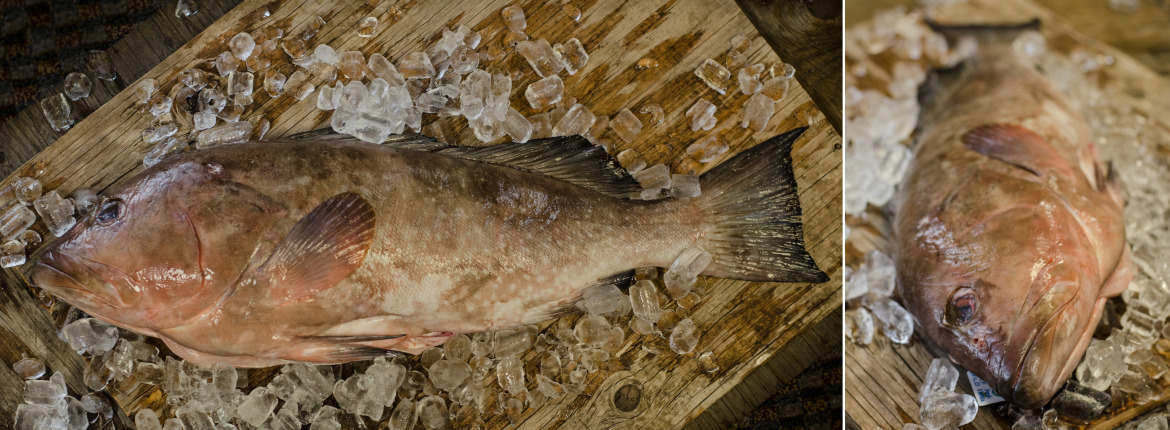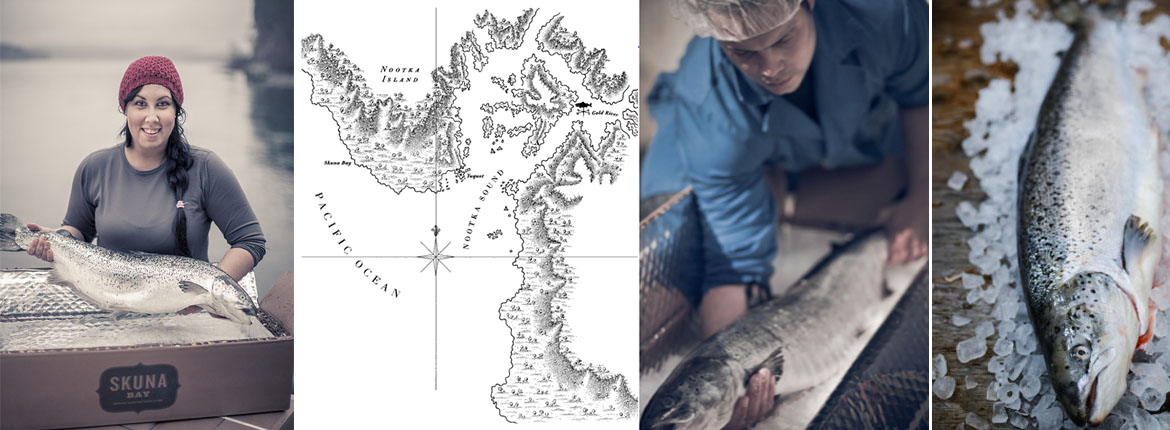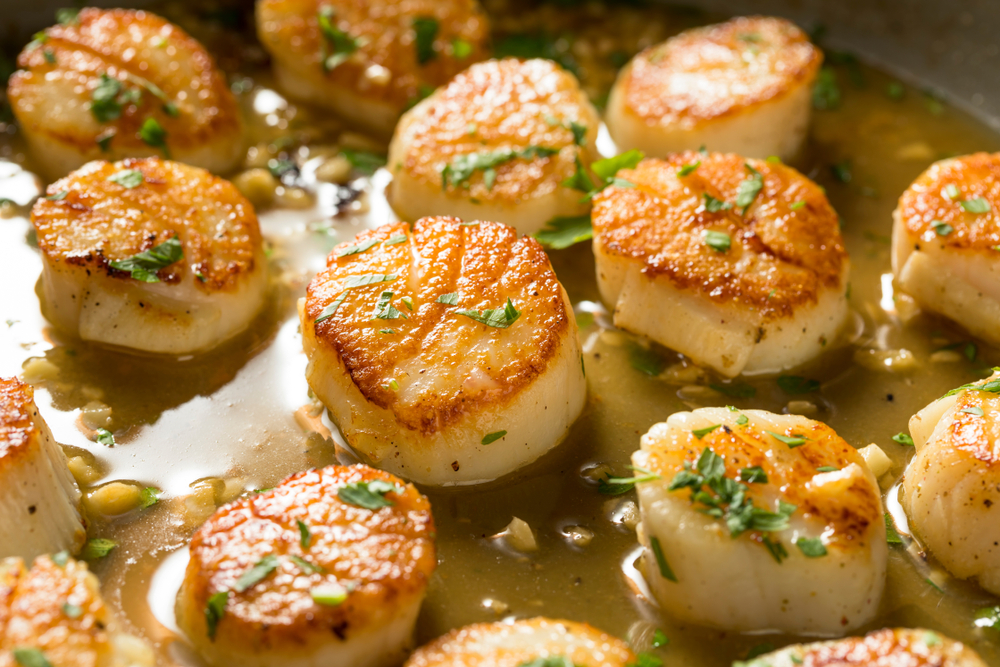Grouper
Groupers can lock themselves into self-created caves between sand and rock using their powerful gill muscles. These stout-bodied, large mouthed fish aren’t built for fast, long-distance swimming, but they do belong to one of the largest and most widely distributed families of fish, the sea basses. They are most often caught by hook and line, and can be found in temperate waters from Florida and the mid-Atlantic states to the Gulf of Mexico, Central America and South America.
Common Name
Red Grouper, Black Grouper, Gag
Scientific Name
Epinephelus morio; Mycteroperca bonaci
Seasonal Availability
Year-round
Primary Product Forms
Fresh: H&G, Fillet
Frozen: H&G, Fillet
Product Profile
Mild
Moderate
Full
Delicate
Medium
Firm
In the South, blackened grouper is a favorite preparation, but this versatile fish can be fried, grilled, skewered or used in chowders and soups. Larger whole grouper can be roasted, and large fillets should be butterflied before grilling because of their thickness. Grouper is very forgiving; it can be overcooked and still remain moist.
Our American Red Snapper is sourced from Gulf Wild. Each fish is tagged and traceable, providing the consumer full visibility to their fish. By logging on to MyGulfWild.com and entering the fish’s unique ID number, you can see a full profile of where the fish was caught, the captain and boat name.
Rated as Good Alternative (yellow) by Monterey Bay Aquarium’s Seafood Watch.
Grouper use their mouth to dig into sand in order to form their shelters under big rocks, jetting it out through their gills. Their gill muscles are so powerful that it is nearly impossible to pull them out of their cave if they feel attacked and extend them in order to lock themselves in.







